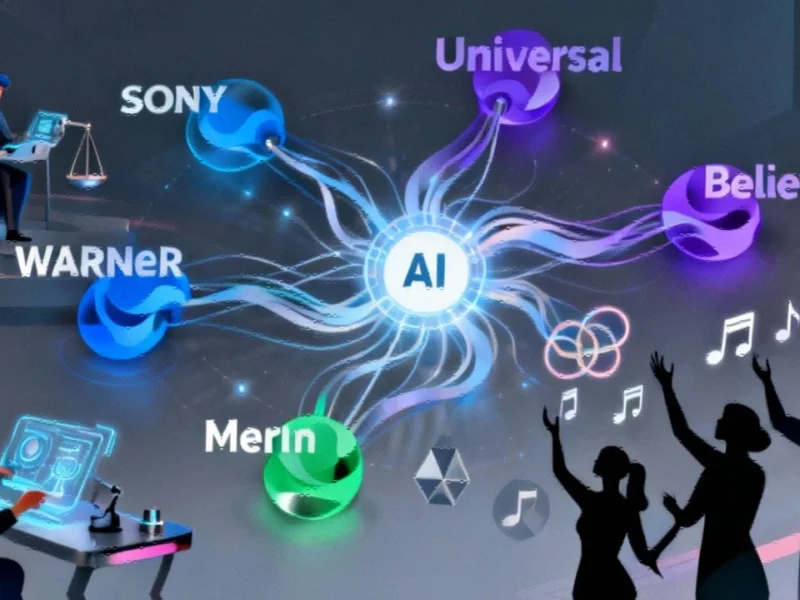According to CRN, global technology services provider DXC Technology has unveiled Xponential, its next-generation AI orchestration blueprint designed to help enterprises operationalize artificial intelligence at scale. Angela Daniels, DXC’s CTO for the Americas, explained that the framework integrates people, processes, and technology to create measurable results and repeatable solutions. The blueprint consists of five pillars: Insight for governance and responsible AI, Accelerators using DXC IP and partner solutions, Automation through agentic frameworks, Approach maintaining human-in-the-loop design, and Process focusing on starting small and scaling successes. Daniels cited Singapore General Hospital’s AI2D solution as a concrete example where the approach reduced unnecessary antibiotic usage while freeing up physician time for innovation.
Table of Contents
The Enterprise AI Implementation Gap
What DXC is addressing with Xponential represents one of the most persistent challenges in enterprise technology today: the gap between AI experimentation and production deployment. While most large organizations have been experimenting with artificial intelligence for years, few have successfully scaled these initiatives beyond pilot projects. The fundamental issue isn’t the availability of AI technology itself, but rather the organizational scaffolding required to integrate it into existing workflows, ensure governance compliance, and deliver measurable business outcomes. This is precisely the void that frameworks like Xponential attempt to fill by providing a structured methodology rather than just technical tools.
Where Xponential Fits in the Competitive Landscape
DXC’s approach enters a crowded market where consulting giants like Accenture, Deloitte, and IBM have been promoting their own AI implementation frameworks. What distinguishes Xponential appears to be its emphasis on compounding value through repeatability – a concept that resonates with enterprises tired of one-off AI projects that don’t scale. However, the success of this framework will depend heavily on DXC’s ability to execute consistently across diverse client environments. As a global technology services provider with extensive legacy system integration experience, DXC Technology brings credibility to complex transformation projects, but they face intense competition from cloud hyperscalers who are embedding similar orchestration capabilities directly into their platforms.
Critical Implementation Risks and Considerations
The human-in-the-loop approach Daniels emphasizes is both a strength and potential limitation. While maintaining human oversight aligns with responsible AI principles, it could become a bottleneck in scenarios requiring real-time decision making at scale. The framework’s success will also depend on organizational change management – no blueprint can overcome cultural resistance to AI adoption. Another significant challenge will be measuring the “30 percent value” Daniels references in her car analogy. Quantifying productivity gains from AI implementation remains notoriously difficult, and enterprises should demand concrete metrics beyond anecdotal examples. The transition from AI assistants to orchestrated agentic systems represents a fundamental shift in how development teams work, requiring substantial retraining and workflow redesign.
Broader Industry Implications and Outlook
If successful, frameworks like Xponential could accelerate the maturation of enterprise AI from experimental technology to core operational capability. The emphasis on reusable governance models is particularly significant as regulatory scrutiny of AI increases globally. We’re likely to see more service providers developing similar structured approaches as enterprises move beyond basic chatbot implementations to more sophisticated AI orchestration. The real test for Xponential will be whether it can deliver the promised compounding benefits across multiple use cases and industries. As organizations increasingly demand measurable ROI from their AI investments, comprehensive implementation frameworks that address people, process, and technology holistically may become the differentiator that separates successful AI programs from stalled experiments.



